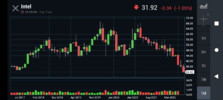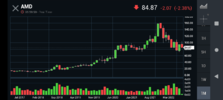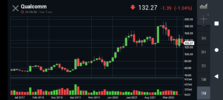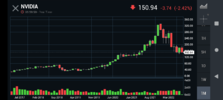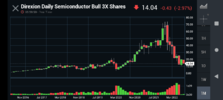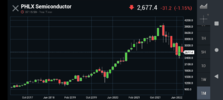- Joined
- 3 May 2019
- Posts
- 6,182
- Reactions
- 9,669
Was reading some news and was a little shocked.
Truth be told, it actually seems there is a "cold war" rolling out, purely in regards to chips.
Just initial impressions...
This isn't a well thought out thread, just somewhere for now to dump some links for myself and others.

 www.bloomberg.com
www.bloomberg.com

 www.trtworld.com
www.trtworld.com

 www.cnet.com
www.cnet.com
Truth be told, it actually seems there is a "cold war" rolling out, purely in regards to chips.
Just initial impressions...
This isn't a well thought out thread, just somewhere for now to dump some links for myself and others.

US Quietly Tightens Grip on Exports of Chipmaking Gear to China
The US is tightening restrictions on China’s access to chipmaking gear, according to two major equipment suppliers, underscoring Washington’s accelerating efforts to curb Beijing’s economic ambitions.

Why China’s big chip breakthrough has rattled the US
SMIC has developed a 7nm semiconductor, placing the Chinese behemoth in the league of Intel and others.

Global Chip Shortage and $53B Subsidy Boosts US Manufacturing
The COVID pandemic triggered the processor shortage in 2020, but it's now lasted more than two years.

